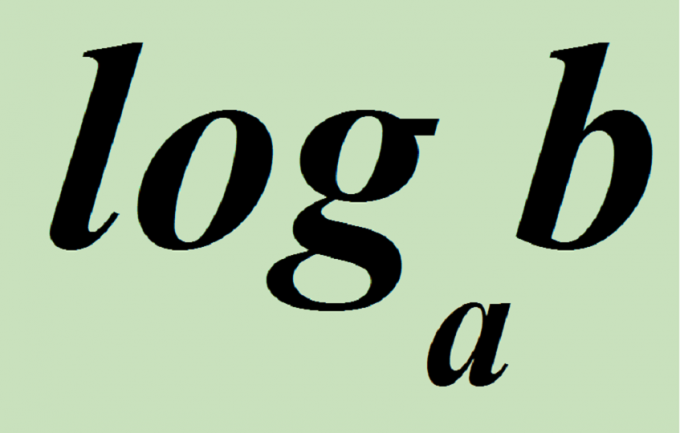Instruction
1
From the definition of the logarithm it follows that in order to solve the equation logaX=b must make the same transition a^b=x if a>0 and a is not equal to 1, i.e. 7=logX base 2, then x=2^5, x=32.
2
When solving logarithmic equations often go to neravnomernoi transition, so the need to verify the roots by substituting in the given equation. For example, given the equation log(5+2x) base-0,8=1, by neravnomernoi transition, it turns out log(5+2x) base 0,8=log0,8 on the basis of 0.8, it is possible to omit the sign of the logarithm, then the equation 5+2=0,8, solving this equation we get x=of-2.1. When you check x=of-2.1 5+2x>0, which corresponds to the properties of the logarithmic function (the domain of the logarithmic region is positive) therefore x=of-2.1 - root equation.
3
If the unknown is at the base of the logarithm, then this equation is solved in the same ways. For example, this equation, log9 on the ground (x-2)=2. Acting as in the previous examples, we get (x-2)^2=9, x^2-4x+4=9, x^2-4x-5=0, solving this equation is X1=-1, X2=5. Since the basis functions must be greater than 0 and not equal to 1, it remains the only root of X2=5.
4
Often when solving logarithmic equations you must apply the properties of logarithms:
1) logaXY=loda[X]+loda[Y]
logbX/Y=loda[X] loda[Y]
2) logfX^2n=2nloga[X] (2n is even)
logfX^(2n+1)=(2n+1)logaX (2n+1 - odd number)
3) logX with base a^2n=(1/2n)log[a]X
logX with base a^(2n+1)=(1/2n+1)logaX
4) logaB=1/logbA, b not equal 1
5) logaB=logcB/logcA, c is not equal to 1
6) a^logaX=X, X>0
7) a^logbC=clogbA
Using these properties, you can reduce the logarithmic equation to a simpler type, and then already to solve the above-mentioned ways.
1) logaXY=loda[X]+loda[Y]
logbX/Y=loda[X] loda[Y]
2) logfX^2n=2nloga[X] (2n is even)
logfX^(2n+1)=(2n+1)logaX (2n+1 - odd number)
3) logX with base a^2n=(1/2n)log[a]X
logX with base a^(2n+1)=(1/2n+1)logaX
4) logaB=1/logbA, b not equal 1
5) logaB=logcB/logcA, c is not equal to 1
6) a^logaX=X, X>0
7) a^logbC=clogbA
Using these properties, you can reduce the logarithmic equation to a simpler type, and then already to solve the above-mentioned ways.
Note
The logarithm with base 10 is called decimal, and is denoted by lgX.
The logarithm with base is called the natural of 2.7 and denoted lnX.
The logarithm with base is called the natural of 2.7 and denoted lnX.

